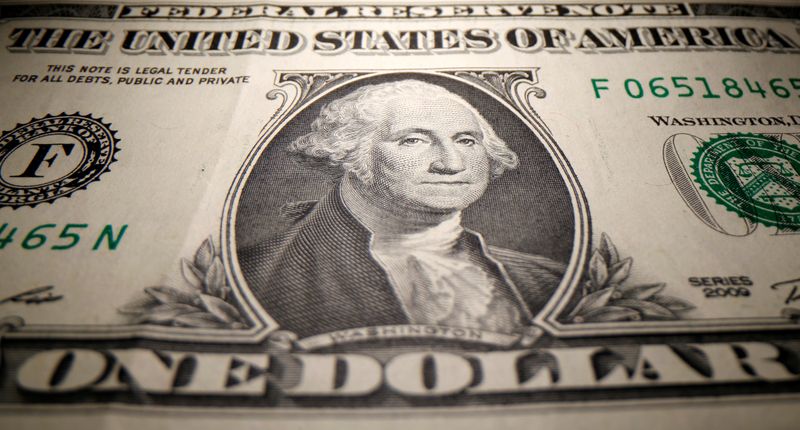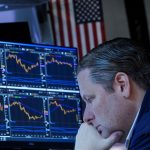By Kevin Buckland
TOKYO (Reuters) – The U.S. dollar hovered near the middle of its recent range against major peers on Tuesday as traders looked to incumbent Fed Chair Jerome Powell’s nomination hearing later in the day for new clues on the timing and pace of policy normalisation.
In his prepared opening remarks, released Monday, Powell will pledge to prevent high inflation from becoming “entrenched,” but will make no mention of plans for the path of monetary policy.
However, he will take questions from senators in his bid for a second four-year term.
The dollar index, which measures the currency against six counterparts, hovered around 95.93 early in the Asian session.
It hit a more than 16-month high of 96.938 on Nov. 24 amid increasing hawkishness from Fed policy makers, but has since been stuck between that level and 95.544, touched less than a week later, despite a continued ramping up of rhetoric that now has Wall Street banks forecasting four quarter-point rate hikes this year.
TD Securities strategists said it seemed the Fed was of the mindset of “sooner rather than later” for both higher rates and running off its balance sheet after ending bond-buying stimulus – a process dubbed quantitative tightening (QT).
“An affirmation of March tightening and early QT should support USD firmness overall, though within well-established ranges,” they wrote in a research note.
TD expects a first hike in June, but as early as March was also a possibility.
Money markets are priced for an increase by May, with two more by November.
U.S. December consumer inflation data is due to be released on Wednesday, with headline CPI seen coming in at a red-hot 7% on a year-on-year basis, boosting the case for an early increase in interest rates.
The dollar was little changed at 115.23 yen after bouncing off a one-week low of 115.045 overnight.
The euro was about flat at $1.13325, stuck in the middle of its trading range since mid-November.
Sterling was stable at $1.35825 after easing back from Monday’s two-month high of $1.36025.
The Australian dollar added 0.17% to $0.71860, getting support from local retail sales data that came in much higher than economists forecast.



